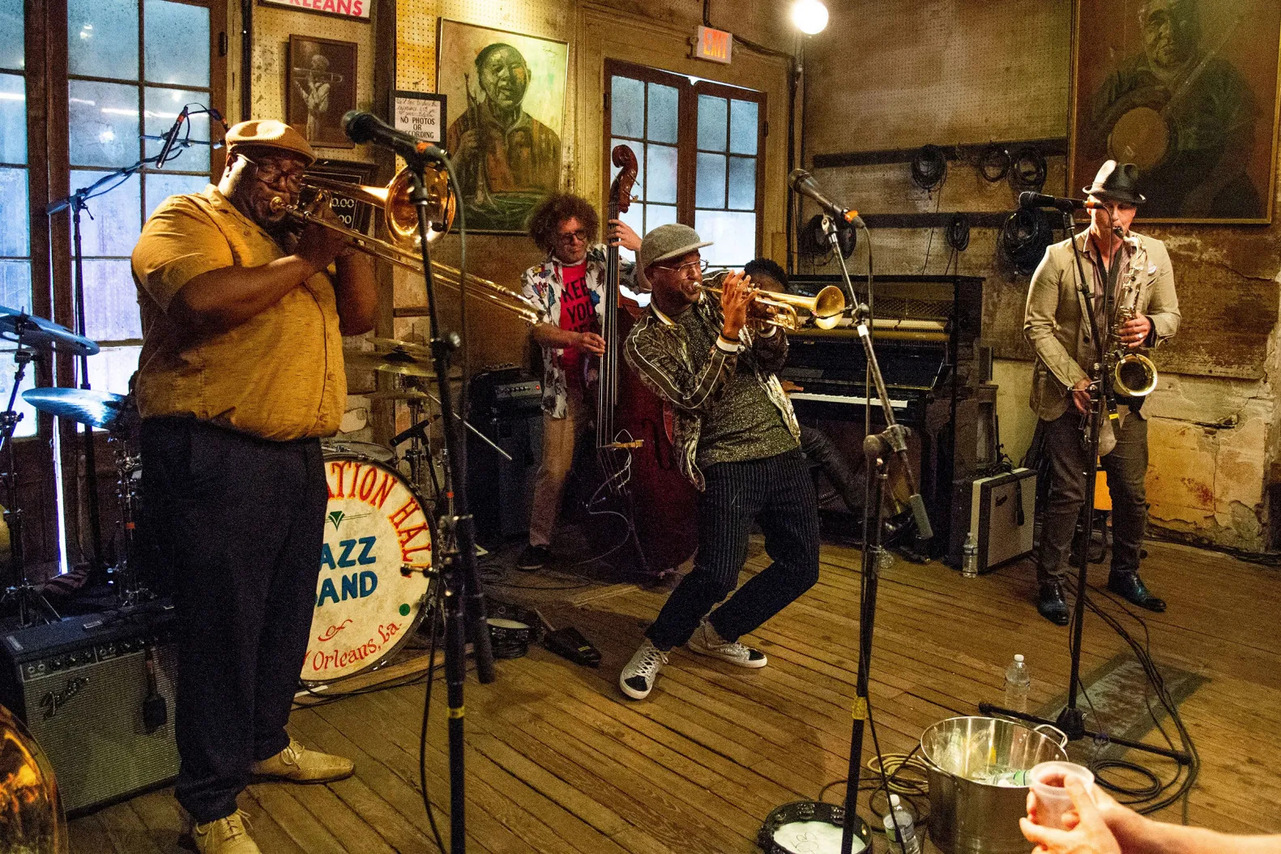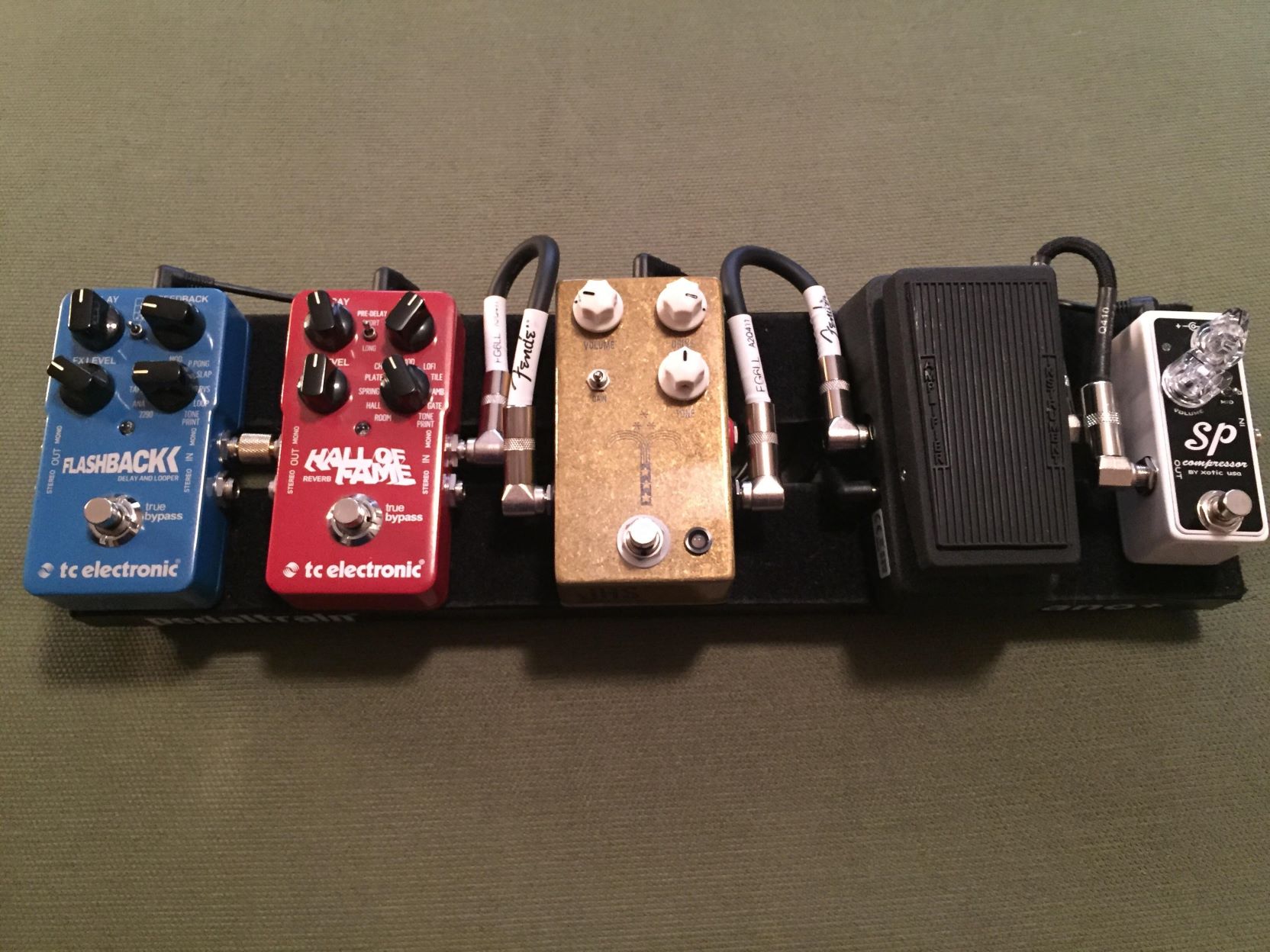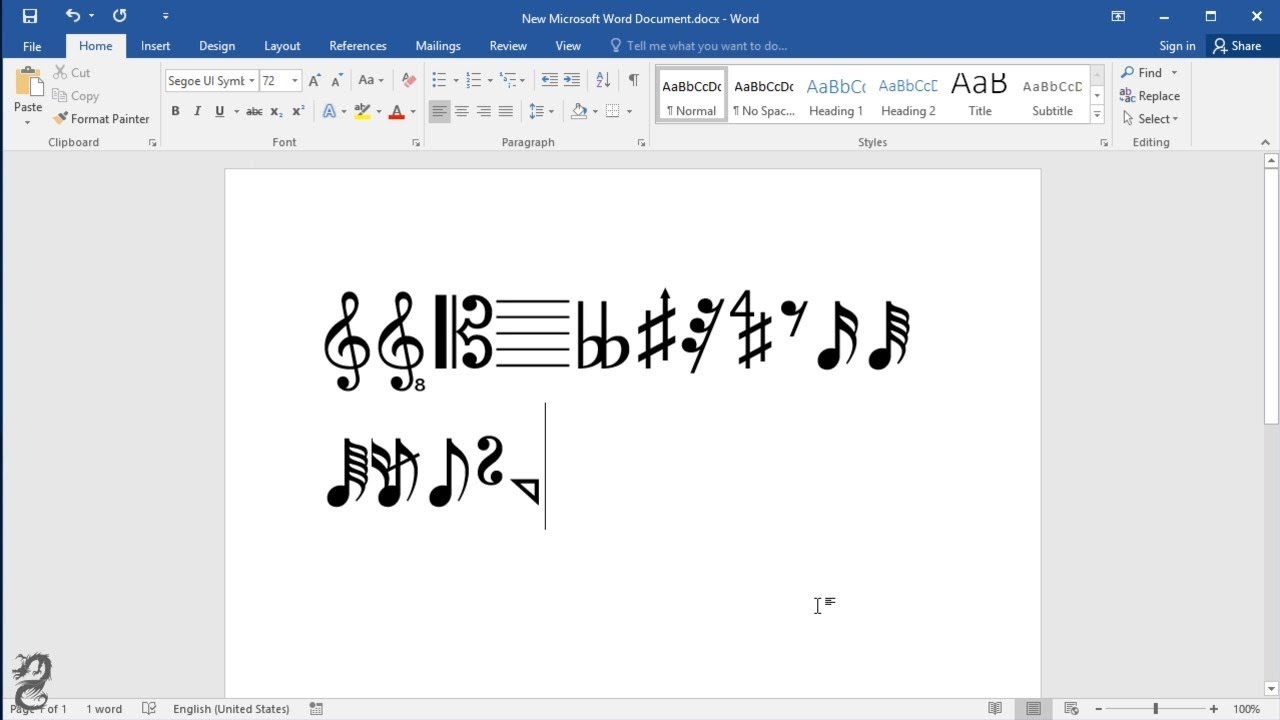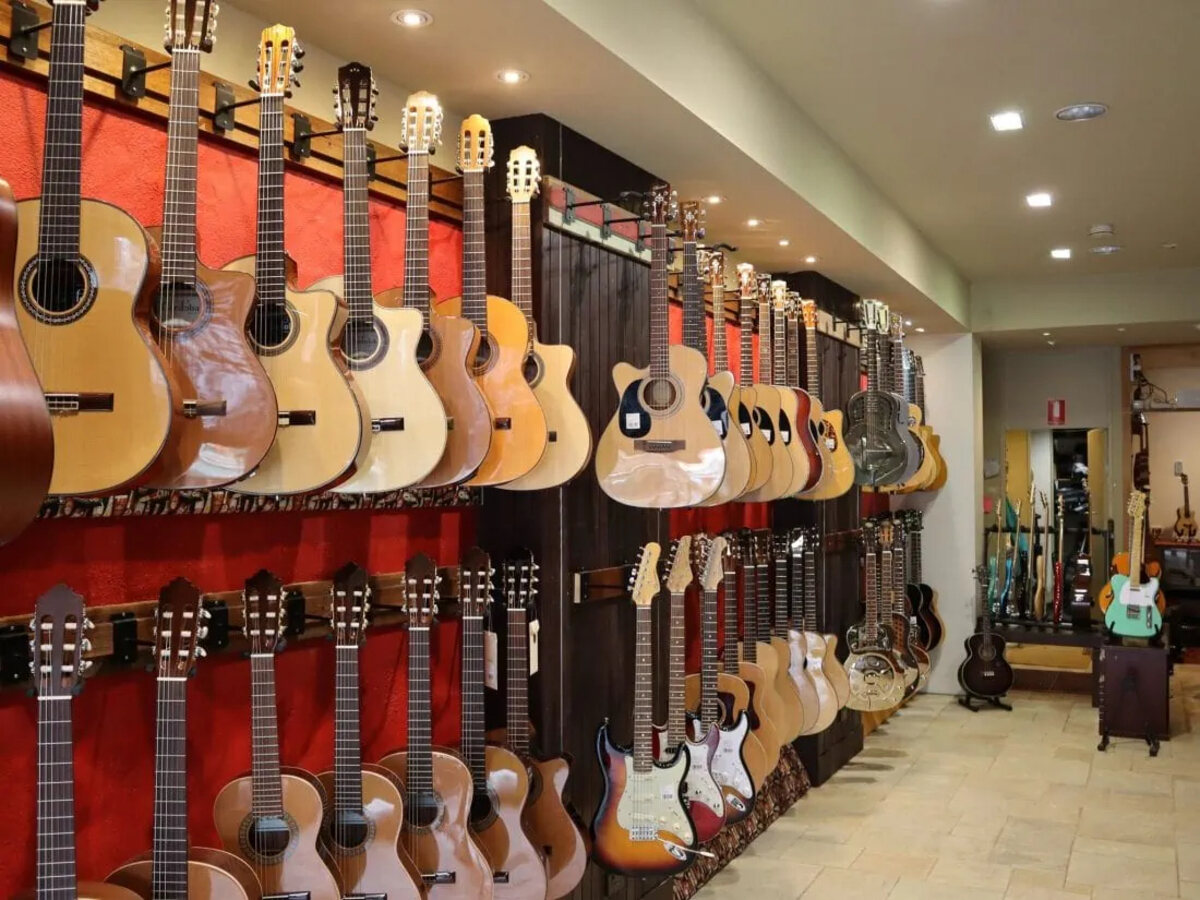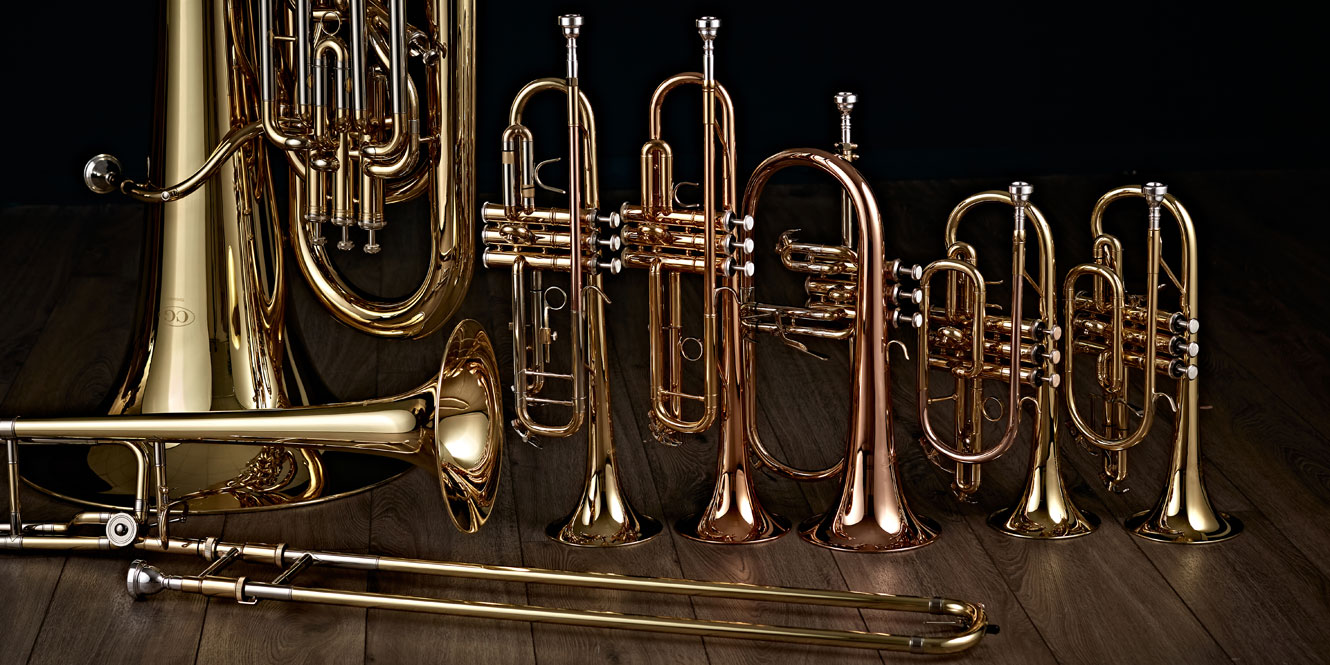Home>Genres>Jazz>What Type Of Music Can Jazz Be Compared To Today
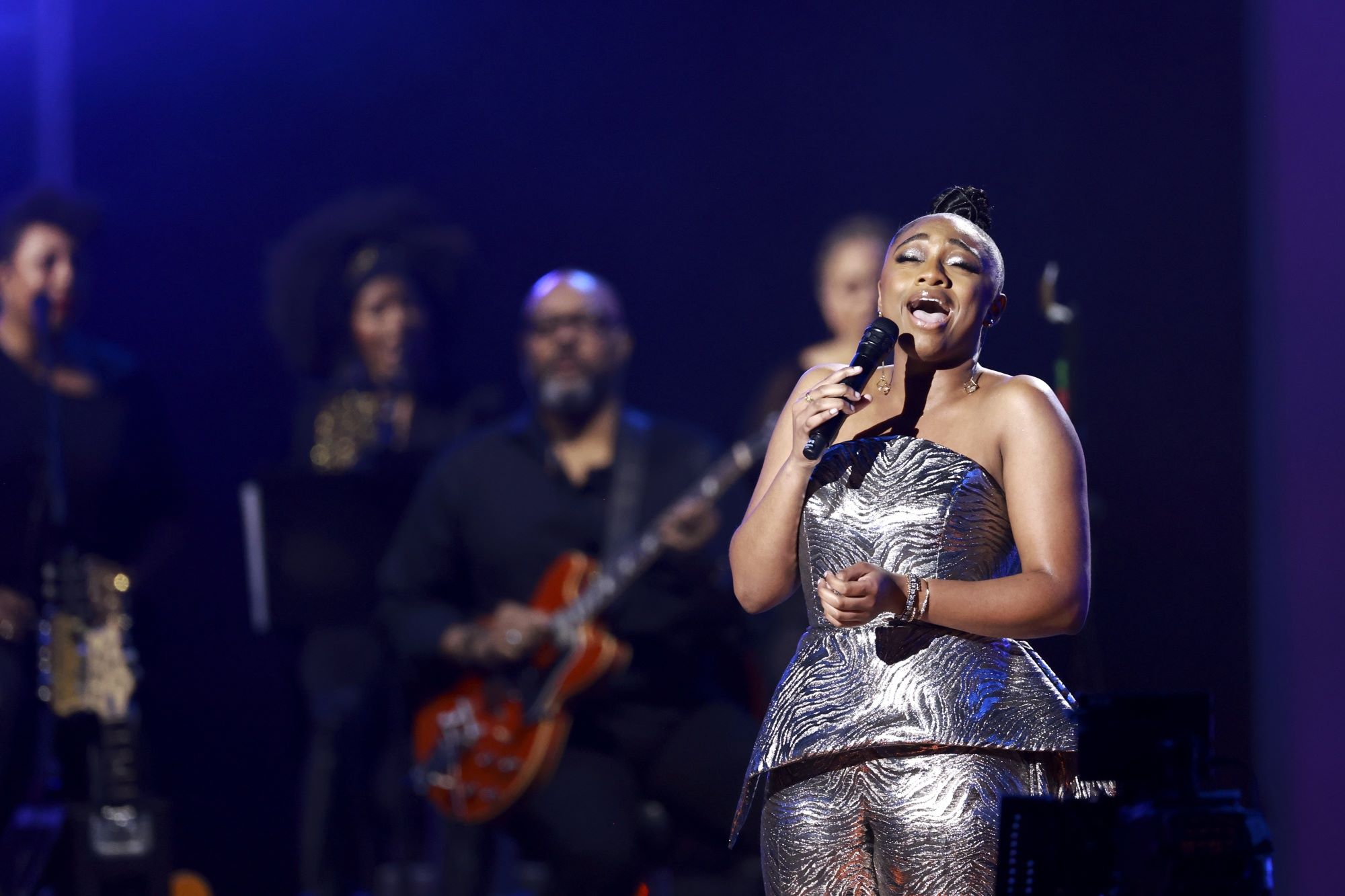

Jazz
What Type Of Music Can Jazz Be Compared To Today
Modified: February 24, 2024
Discover how jazz music has evolved and find out the contemporary genres it can be compared to today. Explore the endless possibilities of jazz.
(Many of the links in this article redirect to a specific reviewed product. Your purchase of these products through affiliate links helps to generate commission for AudioLover.com, at no extra cost. Learn more)
Table of Contents
Introduction
Jazz is a genre of music that holds a special place in the hearts of music lovers all over the world. With its rich history and unique blend of African-American rhythms, European harmonies, and improvisational spirit, jazz has transcended time and continues to captivate audiences of all ages.
Often referred to as America’s classical music, jazz originated in the late 19th and early 20th centuries in African-American communities in New Orleans. It has since evolved and branched out into various subgenres, incorporating influences from different cultures and musical styles.
Although jazz has experienced peaks and valleys in terms of popularity over the years, it remains a dynamic and influential force in the music industry. Today, jazz continues to push boundaries, embracing new sounds and collaborating with other genres to create innovative and exciting music.
In this article, we will explore the evolution of jazz and its relationship with contemporary music. We will delve into the fusion of jazz with various genres such as pop, R&B, hip hop, electronic music, rock, and world music. By examining these collaborations, we can better understand how jazz has adapted and continues to thrive in the modern music landscape.
So, let’s embark on a journey to discover the vibrant and ever-evolving world of jazz music!
History of Jazz
Jazz emerged in the late 19th to early 20th centuries in the vibrant and culturally diverse city of New Orleans. It was born out of a melding of African rhythms, European harmonies, and the improvisational spirit of African-American musicians. This unique fusion of musical elements laid the foundation for what would become one of the most influential and celebrated genres of music.
In its early days, jazz was primarily played in bars and clubs in African-American communities. It was characterized by its syncopated rhythms, swinging melodies, and individual expression through improvisation. Jazz musicians, known as “jazzmen,” used instruments such as the trumpet, saxophone, piano, bass, and drums to create their distinctive sound.
Throughout the 1920s and 1930s, jazz spread rapidly across the United States, gaining popularity among both black and white audiences. This era, known as the “Jazz Age” or the “Roaring Twenties,” marked a period of cultural and artistic revolution. Iconic jazz figures such as Louis Armstrong, Duke Ellington, and Ella Fitzgerald rose to prominence, leaving an indelible mark on the genre.
In the 1940s, jazz underwent a period of transformation, known as the “Big Band Era.” Big bands, led by bandleaders like Count Basie and Glenn Miller, featured larger ensembles with brass sections, creating a powerful and energetic sound. This era also saw the rise of influential jazz styles like bebop, pioneered by artists like Charlie Parker and Dizzy Gillespie, who pushed the boundaries of improvisation and technical virtuosity.
The 1950s and 1960s witnessed the emergence of various jazz subgenres, including cool jazz, hard bop, and modal jazz. Artists like Miles Davis, John Coltrane, and Thelonious Monk continued to innovate and redefine the genre, incorporating elements of classical music and exploring new harmonic and melodic concepts.
In the late 1960s and 1970s, jazz further expanded its horizons, embracing elements of rock, funk, and soul. This fusion, known as jazz fusion or jazz-rock fusion, brought together the improvisational nature of jazz with the rhythmic and textural richness of rock and funk music. Artists like Herbie Hancock, Weather Report, and Mahavishnu Orchestra were at the forefront of this movement.
Since then, jazz has continued to evolve and diversify, incorporating influences from various musical genres and cultures. It remains a vibrant and dynamic art form, embracing experimentation and innovation while still paying homage to its rich heritage.
Through its rich history, jazz has not only influenced music but has also played a significant role in shaping cultural and social movements. Its impact can be felt in the civil rights movement, where jazz provided a platform for African-American musicians to express their struggle and aspirations.
As we explore the contemporary jazz scene, it is crucial to understand and appreciate the history of this genre. This foundation will help us grasp the sheer depth and versatility of jazz and the significance it holds in the broader musical landscape.
Contemporary Jazz and Its Influences
In the world of music, evolution is inevitable. Jazz, being an ever-evolving genre, has seamlessly adapted to the changing musical landscape by incorporating influences from various genres. Today, contemporary jazz continues to push boundaries and embrace new sounds, resulting in a diverse and innovative musical landscape.
One significant influence on contemporary jazz is the fusion with popular music and R&B. Artists like Robert Glasper and Esperanza Spalding have successfully integrated elements of hip hop, soul, and funk into their jazz compositions, creating a fresh and accessible sound that resonates with a wider audience. This fusion has challenged traditional notions of jazz and rejuvenated the genre for a new generation.
Another notable influence on contemporary jazz is the collaboration with hip hop. Jazz and hip hop share many similarities, including a focus on improvisation and rhythm. Artists like Kamasi Washington and The Roots have skillfully blended jazz instrumentation and hip hop beats, creating a fusion that not only pays homage to their musical roots but also appeals to a younger audience.
Electronic music has also made its mark on contemporary jazz. Artists such as Flying Lotus and Christian Scott aTunde Adjuah have incorporated electronic elements, such as synthesizers and sampling, into their jazz compositions. This marriage of jazz and electronic music creates a captivating and futuristic sonic landscape that pushes the boundaries of what jazz can be.
Furthermore, the influence of rock music on contemporary jazz cannot be overlooked. Artists like Snarky Puppy and Medeski Martin & Wood seamlessly blend jazz improvisation and harmonies with the raw energy and drive of rock music. This fusion appeals to fans of both genres and showcases the versatility of jazz in adapting to different musical styles.
One of the most exciting developments in contemporary jazz is the fusion with world music. Artists like Ibrahim Maalouf and Bokanté incorporate the sounds and rhythms of various cultures into their jazz compositions, creating a multicultural and vibrant musical experience. This fusion not only expands the sonic palette of jazz but also fosters cross-cultural dialogue and appreciation.
Contemporary jazz, with its wide range of influences, serves as a testament to the genre’s adaptability and relevance in the modern music industry. By embracing these diverse influences, jazz artists are pushing the boundaries of what jazz can be, appealing to a broader audience, and ensuring the continued evolution of the genre.
As we delve deeper into the world of contemporary jazz, we will explore specific examples of these influences and highlight the remarkable artists who are shaping the future of jazz.
Jazz Fusion with Pop and R&B
One of the most notable and influential crossovers in contemporary jazz is the fusion with pop and R&B. This blending of genres has resulted in a fresh and accessible sound that appeals to a wide range of listeners. Jazz artists like Robert Glasper, Esperanza Spalding, and Gregory Porter have successfully integrated elements of pop and R&B into their music, creating a new wave of jazz that resonates with both jazz enthusiasts and mainstream audiences.
One key aspect of this fusion is the incorporation of catchy melodies and hooks, characteristic of pop and R&B music. By infusing infectious melodies into their compositions, jazz artists are able to connect with a broader audience while still maintaining the improvisational spirit and harmonic complexity of jazz. This integration of pop sensibilities into jazz compositions has helped bridge the gap between the two genres and attract new listeners to the world of jazz.
Another significant element of the jazz-pop fusion is the use of contemporary production techniques and arrangements. Jazz artists are no longer confined to traditional acoustic instrumentation but instead experiment with electronic sounds, synthesizers, and samples. This blending of live instruments with electronic elements gives their music a modern and dynamic edge, blurring the lines between jazz, pop, and R&B.
The fusion of jazz and pop/R&B also extends to collaborations with popular artists from these genres. Artists like Norah Jones, John Legend, and Kendrick Lamar have worked with jazz musicians, resulting in powerful and unique collaborations. These collaborations not only expose a wider audience to the world of jazz but also create a cross-pollination of ideas and styles, enriching the musical landscape as a whole.
Notably, the influence of R&B can be felt in the vocal stylings of contemporary jazz artists. Many jazz vocalists draw inspiration from the soulful and emotive qualities of R&B singers, infusing their performances with heartfelt expressions and melismatic phrasing. This blending of jazz and R&B vocals adds a depth of emotion and connection to the music, further blurring the genre boundaries and captivating listeners.
The fusion between jazz, pop, and R&B is a testament to the genre’s ability to evolve and adapt to the changing musical landscape. By incorporating elements from these genres, jazz artists have expanded their audience reach and brought new life and energy to the genre. This fusion not only showcases the versatility of jazz but also sparks creativity and innovation within the music industry as a whole.
As we explore the contemporary jazz scene, we will continue to discover the exciting fusion of jazz with other genres and uncover the remarkable artists who are shaping the future of jazz music.
Jazz and Hip Hop Collaboration
The collaboration between jazz and hip hop has been one of the most influential and groundbreaking crossovers in contemporary music. These two genres, with their roots in African-American culture, share a common emphasis on rhythm, improvisation, and self-expression. The fusion of jazz and hip hop has resulted in a vibrant and dynamic sound that pushes the boundaries of both genres.
Jazz and hip hop collaboration can be seen in various forms. Jazz musicians infuse hip hop elements into their compositions, such as incorporating sampled beats, turntablism, and rap vocals. At the same time, hip hop artists embrace jazz’s improvisational nature, live instrumentation, and complex harmonies to create a unique blend of rhythm and melody.
One of the pioneers of jazz and hip hop fusion is saxophonist and composer, Kamasi Washington. His critically acclaimed album, “The Epic,” seamlessly blends elements of jazz, funk, and hip hop, featuring intricate compositions and powerful improvisations. Washington’s work has opened doors for other jazz musicians to explore the intersection between these genres.
The Roots, an influential hip hop group, have also embraced jazz in their sound. With their live instrumentation and collaborations with jazz musicians, The Roots have created a distinct fusion of jazz and hip hop, earning them critical acclaim and a loyal fan base. Their albums, such as “Things Fall Apart” and “How I Got Over,” showcase their ability to seamlessly blend the two genres while maintaining a socially conscious message.
Another notable collaboration between jazz and hip hop is the Jazzmatazz series by the late rapper Guru. In this series, Guru incorporated jazz musicians into his tracks, fusing jazz instrumentals and improvisation with his signature rap style. The Jazzmatazz albums brought together iconic jazz figures like Donald Byrd, Branford Marsalis, and Roy Ayers with influential hip hop artists, creating a unique musical conversation between the two genres.
The fusion of jazz and hip hop extends beyond individual artists and has also formed the basis for entire subgenres. Acid jazz, for example, emerged in the 1980s and 1990s as a fusion of jazz, funk, soul, and hip hop. Acid jazz, characterized by its danceable beats, live instrumentation, and incorporation of rap vocals, became a bridge between the jazz and hip hop communities, leading to collaborations and cross-genre exploration.
Jazz and hip hop collaboration not only pushes the boundaries of musical genres but also serves as a means of cultural expression and social commentary. It represents the convergence of two influential art forms rooted in African-American culture and highlights the shared experiences and struggles of those communities.
As we delve deeper into the contemporary jazz scene, we will continue to uncover the remarkable collaborations between jazz and hip hop artists and explore how these collaborations contribute to the evolution of both genres.
Jazz and Electronic Music
The fusion of jazz and electronic music has given rise to a captivating and innovative sonic landscape. With its emphasis on experimentation and technology, electronic music has provided a new dimension for jazz musicians to explore and push boundaries. This collaboration has resulted in a fusion that combines the improvisational nature of jazz with the futuristic and textural possibilities offered by electronic instruments and production techniques.
Jazz artists have incorporated electronic elements into their compositions, expanding the sonic palette and creating a unique blend of genres. Artists like Flying Lotus and Christian Scott aTunde Adjuah seamlessly infuse electronic sounds, such as synthesizers, drum machines, and samples, with traditional jazz instrumentation. The result is a mesmerizing fusion that defies genre conventions and captivates listeners with its complex layers of sound.
Electronic music also provides jazz musicians with endless possibilities for experimentation and sonic manipulation. Artists can explore new textures, timbres, and sonic landscapes, blurring the lines between acoustic and electronic instruments. Through the use of effects, loops, and live electronics, jazz musicians can create immersive and dynamic performances that push the boundaries of traditional jazz improvisation.
The collaboration between jazz and electronic music has also opened doors for cross-genre collaborations and remixes. Jazz compositions can be reimagined and transformed through electronic remixes, introducing the genre to new audiences and breathing new life into classic jazz tunes. This fusion has led to collaborations between jazz artists and electronic producers, resulting in captivating and genre-defying tracks.
The fusion of jazz and electronic music not only appeals to jazz enthusiasts but also attracts fans of electronic music who appreciate the intricate harmonies and improvisational nature of jazz. It serves as a bridge between the two genres, creating a space for exploration and connection.
This collaboration has also sparked creativity and innovation within the broader music industry. Jazz artists incorporating electronic elements have inspired other musicians to experiment with the fusion of genres, leading to a cross-pollination of ideas and styles. The result is a musical landscape that blurs genre boundaries and fosters the growth and evolution of both jazz and electronic music.
As we explore the contemporary jazz scene, we will continue to witness the remarkable collaborations between jazz and electronic music and delve into the exciting sonic possibilities offered by this fusion. Together, jazz and electronic music create a unique and boundary-pushing sonic experience that captivates and challenges listeners.
Jazz and Rock Elements
The fusion of jazz and rock elements has resulted in an electrifying and powerful combination that pushes the boundaries of both genres. Jazz artists incorporating rock influences into their music bring a raw energy and drive to their compositions, while rock musicians incorporating jazz elements infuse their music with sophisticated harmonies and improvisation.
One key aspect of the jazz and rock fusion is the incorporation of distorted guitars, heavy drumming, and powerful basslines into jazz compositions. This infusion of rock elements adds intensity and a sense of urgency to the music, creating a unique blend that captivates listeners. Artists like Snarky Puppy and Medeski Martin & Wood seamlessly blend jazz improvisation with the raw power and energy of rock, resulting in an explosive and dynamic sound.
Rock artists have also embraced jazz’s complexity and harmonic richness, infusing their music with elements like intricate chord progressions and extended solos. Bands like Steely Dan and Traffic showcase this fusion, seamlessly blending elements of jazz, rock, and blues into their compositions. The incorporation of jazz influences adds depth and sophistication to their music, creating a unique and captivating listening experience.
Furthermore, the fusion of jazz and rock extends to collaborations between jazz and rock musicians. Artists like Herbie Hancock and Joni Mitchell have collaborated with rock legends like Wayne Shorter and Jaco Pastorius, bridging the gap between the two genres and incorporating elements of each other’s musical styles. These collaborations not only showcase the versatility of jazz musicians but also expose rock fans to the richness and complexity of jazz.
The fusion of jazz and rock elements not only appeals to fans of both genres but also attracts a new audience that craves the energy and sophistication of the combination. It serves as a bridge between two musical worlds, fostering a sense of exploration and innovation within the music industry.
This collaboration has also had a significant impact on the evolution of jazz and rock as separate genres. It has pushed both genres to expand their sonic boundaries, encouraging experimentation and exploration. The fusion of jazz and rock elements showcases the versatility and adaptability of both genres, ensuring their continued relevance and growth.
As we dive deeper into the contemporary jazz scene, we will continue to discover remarkable collaborations between jazz and rock musicians and explore how this fusion contributes to the evolution of both genres. The blending of jazz and rock elements creates a powerful and transformative musical experience that captivates listeners and fosters the growth and evolution of both genres.
Jazz and World Music Fusion
The fusion of jazz and world music has resulted in a vibrant and culturally rich collaboration that draws inspiration from diverse musical traditions around the globe. This fusion not only creates a unique and mesmerizing sonic experience but also fosters cross-cultural dialogue and appreciation.
Jazz, with its improvisational nature and openness to diverse musical influences, serves as a perfect platform for blending with different world music genres. Artists like Ibrahim Maalouf and Bokanté incorporate elements from North African, Middle Eastern, and Caribbean music into their jazz compositions, creating a multicultural and vibrant musical experience. This fusion not only expands the sonic palette of jazz but also provides a space for cultural exchange and collaboration.
One key aspect of the jazz and world music fusion is the integration of various traditional instruments and rhythms. Artists incorporate instruments like the oud, tabla, kora, and djembe into their jazz compositions, adding a distinctive and authentic flavor to the music. The incorporation of these instruments allows for new textures and timbres, blending seamlessly with jazz improvisation and harmonies.
The fusion of jazz and world music also involves collaborations between jazz musicians and artists from different cultural backgrounds. These collaborations allow for a blending of musical styles, creating a unique fusion that showcases the commonalities and shared experiences across cultures. Such collaborations bring together artists from different musical traditions, fostering a sense of unity and cultural appreciation.
This fusion not only enriches jazz but also provides exposure and recognition for various world music genres. It allows jazz audiences to explore and appreciate the richness and diversity of music from different cultures, fostering cross-cultural understanding and appreciation.
Moreover, the fusion of jazz and world music expands the boundaries of improvisation and experimentation. Artists explore unique scales, modes, and rhythmic patterns in their musical compositions, incorporating different musical languages and approaches. This fusion creates a dynamic and eclectic sound that challenges traditional notions of jazz and pushes the boundaries of creativity.
As we delve deeper into the contemporary jazz scene, we will continue to uncover remarkable collaborations between jazz and world music artists. These collaborations demonstrate the power of music to transcend cultural barriers and create a universal language that connects people from different parts of the world.
The fusion of jazz and world music represents a celebration of diversity, cultural exchange, and artistic exploration. It serves as a testament to the universal appeal of music and its ability to bring people together, fostering a sense of unity and appreciation for the vast array of musical traditions around the world.
Conclusion
Jazz, with its rich history and ever-evolving nature, continues to captivate audiences around the world. Through collaborations with various genres, jazz has expanded its sonic horizons, pushing boundaries and embracing new sounds. The fusion of jazz with pop, R&B, hip hop, electronic music, rock, and world music has created a vibrant and diverse contemporary jazz scene that appeals to a wide range of listeners.
By incorporating elements from these genres, jazz artists have pioneered new musical paths, blending traditional jazz elements with the modern sensibilities of pop, the rhythmic intensity of hip hop, the sonic experimentation of electronic music, the raw energy of rock, and the multicultural richness of world music. These fusions have not only attracted new audiences to jazz but also brought a fresh perspective to the other genres involved, fostering cross-pollination of ideas and styles.
Furthermore, the collaborations between jazz and these genres have led to the creation of remarkable music that challenges convention and sparks creativity. Jazz musicians have embraced catchy melodies, electronic production techniques, distorted guitars, and traditional instruments from different cultures to create a modern and innovative jazz sound. In turn, this fusion has expanded the boundaries of jazz, ensuring its relevance in the ever-changing music industry.
Moreover, the fusion of jazz with these genres has had a broader impact beyond the music itself. It has served as a platform for cultural expression, social commentary, and cross-cultural dialogue. Through collaborations and fusions, jazz has fostered unity, appreciation, and understanding among different communities and musical traditions.
As we uncover the remarkable collaborations and innovations within the contemporary jazz scene, we witness the continuous evolution and reinvention of the genre. The blending of jazz with these genres ensures that jazz remains a vibrant and dynamic force in the music industry, appealing to both longtime jazz enthusiasts and new listeners.
In conclusion, the fusion of jazz with pop, R&B, hip hop, electronic music, rock, and world music has created an exciting and diverse contemporary jazz landscape. Through these collaborations, jazz has expanded its sonic boundaries, pushed the limits of improvisation and experimentation, and fostered cross-cultural appreciation. As we continue to explore the ever-evolving world of jazz, we witness the power of musical collaboration, innovation, and the lasting impact of this versatile and influential genre.


